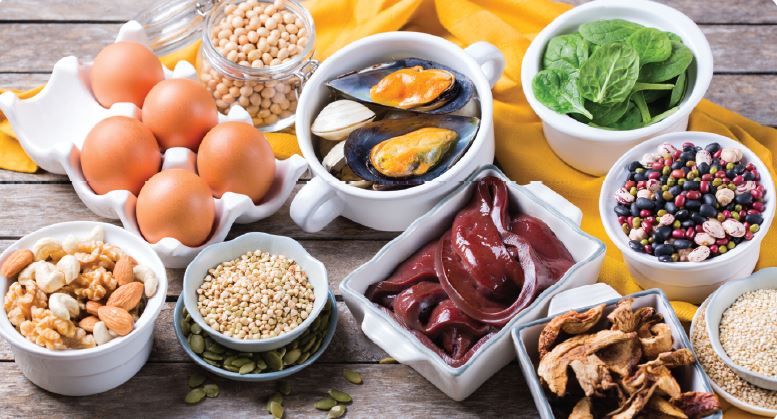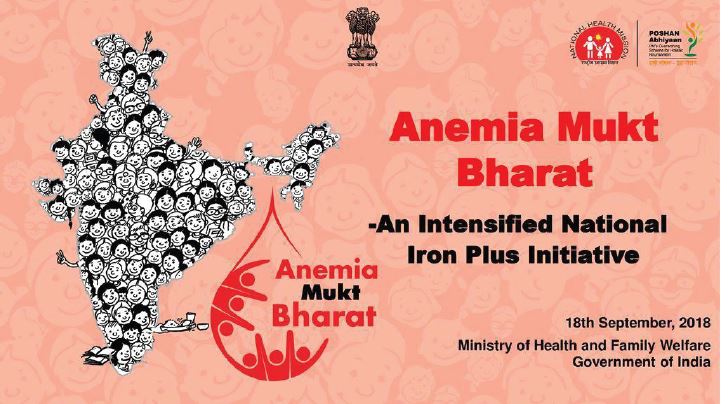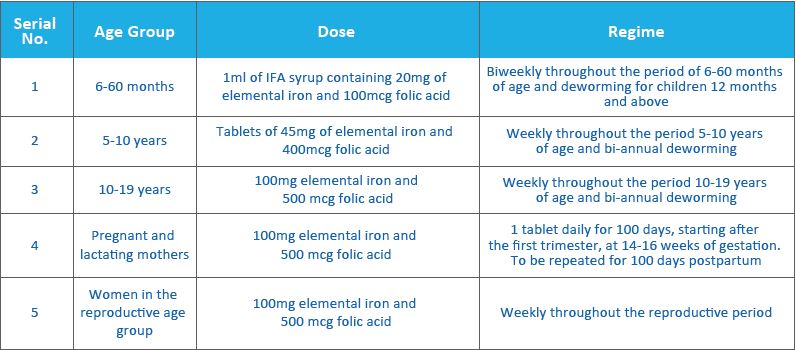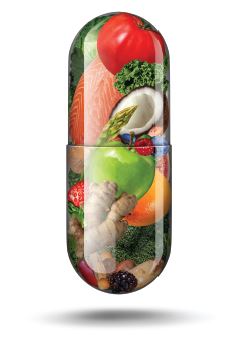Iron Deficiency Anaemia (IDA) is the most common type of anaemia. The condition occurs when a person’s body does not have or produce adequate amounts of mineral iron in the body.1 IDA is the most common cause of anaemia worldwide. According to the World Health Organization (WHO), out of the two billion people suffering from anaemia worldwide, approximately half of the anaemia cases are due to iron deficiency (27%).2 Current data suggest that IDA is most common among pregnant women, children, and people from low-income and middle-income countries. The condition leads to impaired cognitive and motor development among children and decreased work capacity among adults. In pregnant women, iron deficiency anaemia can lead to perinatal loss, premature or low birth weight babies.3


There are two types of dietary iron - heme and non-heme. Heme iron is found
in meat, fish and poultry. Non-heme is derived from both plant and animal
foods. Food contains more non-heme iron in general and it contributes majorly
to the body’s iron pool. 15-30% of heme is absorbed in the body. Non-heme iron
is usually much less absorbed at around 2-20% and its absorption is influenced
by the amount of iron in the body and other factors in the diet.4
According to observational studies, iron bioavailability among people following
a mixed diet ranges between 14-18% and it ranges between 5-12% among
vegetarians with no iron stores. The iron status of an individual and other
host factors such as obesity, genetic disorders, infections, nutritional
deficiencies, type and concentration of iron fortificants, play a key role in
iron bioavailability and iron status of an individual.5

The Ministry of Health and Family Welfare launched the
‘National Iron Plus Initiactive’ in 2013. The guidelines were established for
improving haemoglobin levels and reducing the prevalence of IDA with iron and
folic acid supplementation and deworming.6

In recent years, food-grade delivery vehicles have gained much prominence
due to iron entrapment capabilities. It is a promising strategy to mitigate the
problems that might be encountered during the direct addition of iron to food
products. Encapsulation or entrapment of iron protects iron from oxidation,
reduces organoleptic issues, and improves its bioavailability and absorption.
The risk of interaction that may have detrimental effects on iron could be
avoided along with a decrease in the side effects due to gastrointestinal
contact. Its site-specific release, and sustained/controlled delivery, ensures
improved therapeutic effects even with lower doses of iron.7

Enhancers of Iron Absorption
● Ascorbic Acid (Vitamin C)
● Vitamin A
● Peptides from partially digested muscle tissues
● Fermented food
● Organic Acids such as malate and citrate
● Meat
● Fish and Shellfish protein8


A recent randomized clinical trial with 440 adult patients with iron deficiency anaemia was conducted to confirm whether the effects of oral iron supplementation alone (100mg) was equivalent to a regimen of oral iron supplement plus vitamin C (100mg iron + 200mg vitamin C) in the treatment of IDA (every 8 hours for 3 months). The results showed that in patients with IDA, oral iron supplements alone were equivalent to oral iron supplements plus vitamin C in improving haemoglobin recovery and iron absorption.10
The use of food vehicles and enhancers of iron absorption must be used considering their synergistic effects with iron complexes for effective absorption and bioavailability in the prevention, treatment and management of iron deficiency anaemia.
1. Abbaspour, N., Hurrell,
R., & Kelishadi, R. (2014). Review on iron and its importance for human
health. Journal of research in medical sciences : the official journal of
Isfahan University of Medical Sciences, 19(2), 164–174.
2. Owaidah, T., Al-Numair, et al.,2020. Iron
Deficiency and Iron Deficiency Anemia Are Common Epidemiological Conditions in
Saudi Arabia: Report of the National Epidemiological Survey. Anemia, 2020,
pp.1-8.
3. Nhm.gov.in. 2022. [online] Available at:
4. Monsen E. R. (1988). Iron nutrition and
absorption: dietary factors which impact iron bioavailability. Journal of the
AmericanDietetic Association, 88(7), 786–790.
5. Hurrell, R. and Egli, I., 2010. Iron
bioavailability and dietary reference values. The American Journal of Clinical
Nutrition, 91(5), pp.1461S-1467S
6. Idaindia.com. 2022. [online] Available at:
7. Kazemi-Taskooh, Z. and Varidi, M., 2021.
Food-based iron delivery systems: A review. Trends in Food Science &
Technology, 116, pp.75-89.
8. Jarrah, S., Halabi, J., Bond, A. and Abegglen,
J., 2007. Iron Deficiency Anemia (IDA) Perceptions and Dietary Iron Intake
Among Young Women and Pregnant Women in Jordan. Journal of Transcultural
Nursing, 18(1), pp.19-27.
9. Saunders, AV., Craig, WV., Baines, SK. and
Posen, JS. (2012) Iron and vegetarian diets. MJA 1 Supp 2:11-16
10. Li, N., Zhao, G., Wu, W., Zhang, M., Liu, W.,
Chen, Q. and Wang, X., 2020.The Efficacy and Safety of Vitamin C for Iron
Supplementation in Adult Patients With Iron Deficiency Anemia. JAMA Network
Open, 3(11), p.e2023644.